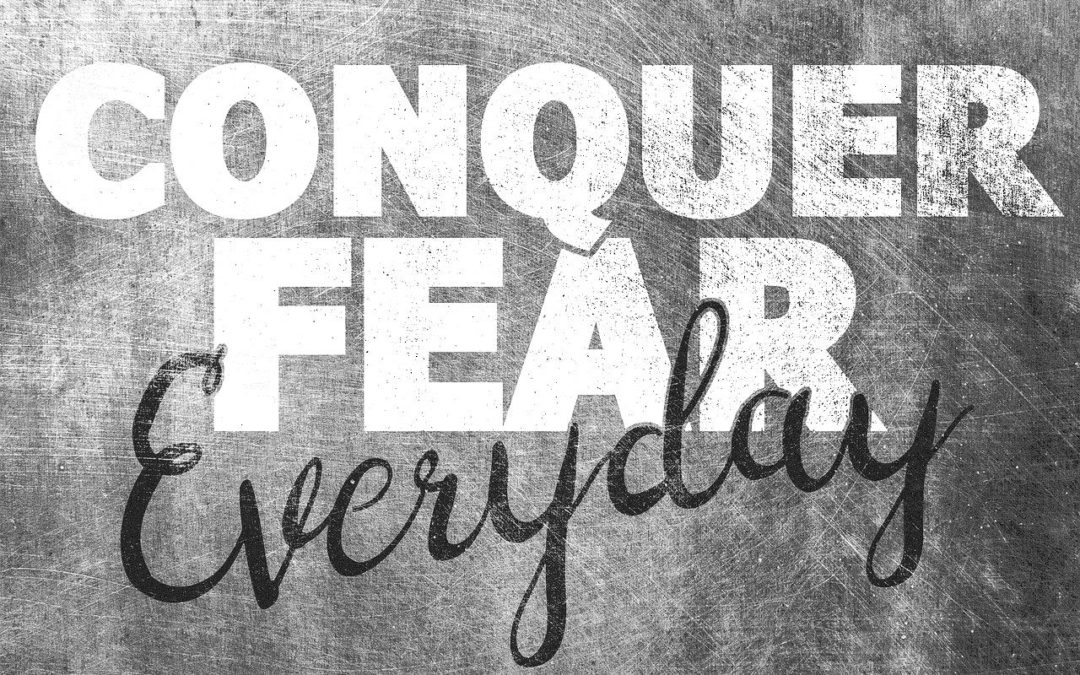
A Tool to Help Fear be Less Fearful
Let’s talk about everyone’s favorite topic—Fear.
More precisely, I want to give you a helpful tool to be with fear without it feeling overwhelming.
I was talking about the power of fear with a friend and colleague I was visiting recently, and she practically jumped up and down as she handed me Tim Ferriss’ book Tribe of Mentors: Short Life Advice From the Best in the World. She opened it up to Kristen Ulmer’s chapter on how to deal with fear.
Kristen Ulmer knows fear. She was the best woman extreme skier in the world for 12 years. She’s the author of The Art of Fear: Why Conquering Fear Won’t Work and What to Do Instead.
Here is what she says about fear:
“Fear is not a sign of personal weakness, but rather a natural state of discomfort that occurs whenever you’re out of your comfort zone. It’s not there to sabotage you, but to help you come alive, be more focused, and put you into the present moment and a heightened state of excitement and awareness. If you push fear away, the only version of fear available to you will be its crazy, irrational, or contorted version. If you’re willing to feel it, and merge with it, its energy and wisdom will appear.”
Kristen has a simple, fast (1-2 minute) process to deal with fear:
- Spend 15-30 seconds affirming it is natural to feel the discomfort. We are supposed to be scared when we do new or big things. (What really helps me in this process is saying “This is just a feeling…I am simply feeling a feeling; There is no tiger chasing me.”)
- Spend 15-30 seconds being curious about how you are responding to the discomfort. If the feeling seems out of proportion to the situation, or irrational, it is a sign that you have been ignoring your fear, so it is getting louder to get you to pay attention. Feelings are meant to be felt, not repressed. Ask what it has been trying to say that you have not acknowledged, e.g. “You might want to start your taxes soon so you won’t be up all night trying to finish them before the deadline.”
- Spend as long as it takes to feel it. Important—Don’t try to get rid of it. That would be disrespectful to fear. Kristen writes, “The key is to feel the feeling by spending some time with it, like you would your dog, friend, or lover…After which, fear, feeling acknowledged and heard, often dissipates.”
- For the rest of the day, whenever you feel anxious, stressed or upset, do the process again. Kristen writes, “…I turn toward my discomfort and try to have an honest relationship with it by engaging in this fear practice. I focus on my discomfort, fear, sadness, anger, or anything else that seems unpleasant—all of it—and that effort not only affords me insights but, even though you’d never expect it, also thoroughly and amazingly sets me free.”
I have found the same thing. Our feelings are not here to traumatize us and make us feel horrible, they are here to communicate to us how we are living our life. If we honor them by paying attention, we will have more awareness and freedom of choice in our life.
A client of mine recently shared with me, “I’m learning I have a life to live. It is influenced by emotions and fear. They will always be there. I have a choice to be frightened or to embrace them and keep going; new ones will come. When I first came here, I was stuck in my thoughts. I’m learning to have greater peace. When you have peace, your soul is satisfied. You can take what comes at you. You are not defensive…It allows me to be who I am—who I want to be.”
This is what is possible when we are with our feelings rather than repress them.
So, go ahead, try this practice of being with your feelings, and notice the difference in your life.
Take care,

P.S. My book is published!!!!!!! You can buy it in paperback or on Kindle, here!



